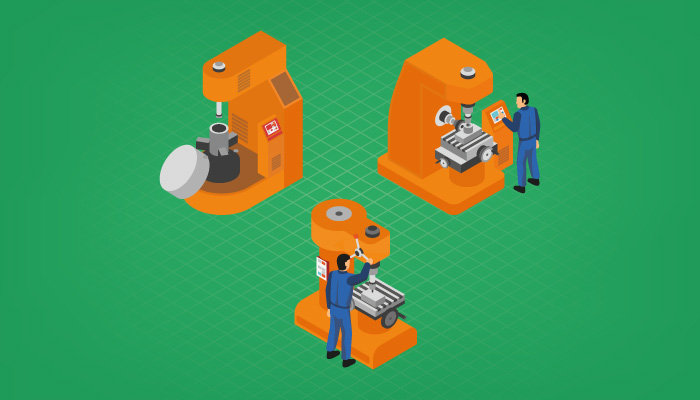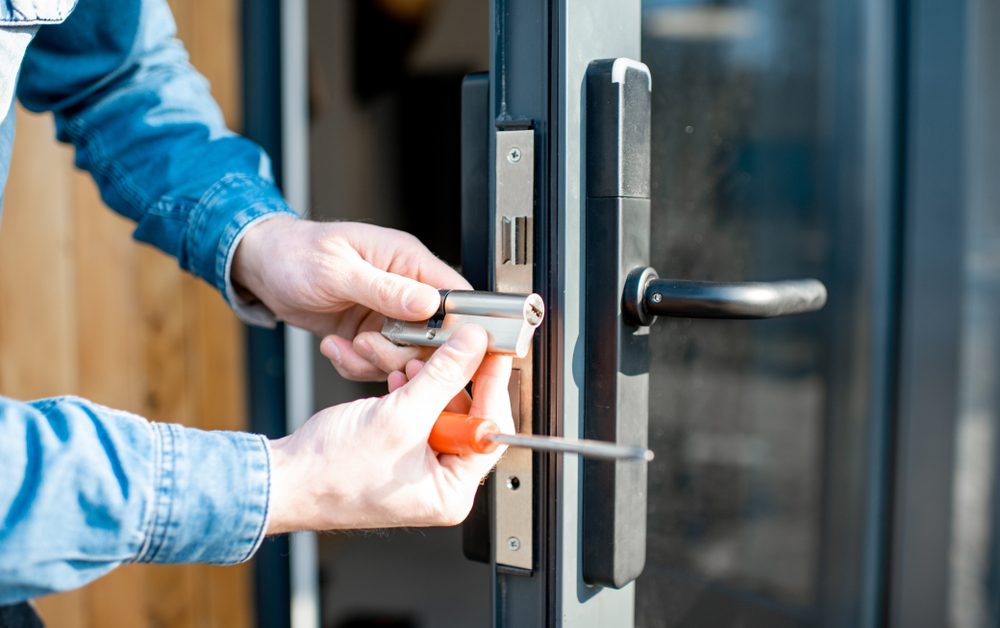Equipment failure is a natural phenomenon when you do not maintain it. It is as simple as that! In our personal lives, we might take the chance to run equipment until failure.
However, if an organization uses the same methods then an organization will have to suffer the consequences someday.
In simple words, equipment failure shall be avoided with maintenance.
Why equipment failure shall be avoided?
Equipment failure shall be avoided for several reasons:
Expensive – When you run equipment till failure then it only impacts other parts of equipment but also creates a huge maintenance bill because. There are lots of activities that need to be done including changing old torn parts and installing new gears. Moreover, it can be time-consuming as well so this whole process is expensive. This is one of the main reasons to avoid equipment failure.
Productivity – When an equipment failure occurs it starts affecting other procedures as well. If equipment such as conveyor belts, compressors, or generators slow the procedure or completely stops the processes. Now imagine if your client is expecting a delivery today then how badly your business might suffer. In order to keep the productivity up, you shall avoid equipment failure.
Equipment life – When equipment is run till failure then it can decrease asset life which means equipment is not utilized to its full potential. When you will look at the data of this particular equipment. You will think that it is not performing as per the expectations. You might sell it for a lower price which will be a loss to your organization.
Decreased bottom line – If you do not avoid equipment failure you will see its impact in the long run of the business. Downtime is also one of the reasons for the decreased bottom line. When machines do not work then employees also do not have anything to do productive. There are chances that you either replace it or repair it. Repair when the bill is low and of the bill is about 50 percent of the new purchase then it is sold and a new one is purchased. However, the bottom line takes a hit as most of the time business suffers.
How to avoid equipment failure?
Equipment failure can be avoided easily with proper maintenance. Maintenance plays a crucial role in avoiding equipment failure. There are several types of maintenance that we will discuss below:
- Preventive maintenance – Preventive maintenance is that maintenance in which maintenance is scheduled after a certain period. This period is defined by the company maintenance manager as per the usage of equipment, it can be done on daily basis, weekly, monthly basis.
In this strategy all the necessary activities are done proactively it means whenever a small issue is noticed then maintenance is scheduled for equipment at the earliest. The benefit of this maintenance type is that it avoids equipment failure. Activities are done in this maintenance are oil change, air filter, removing old parts, and installing new ones.
- Predictive maintenance – Predictive maintenance uses data of machines then software compares the performance with idol performance to current performance. In this way, issues are discovered & they are resolved before equipment failure occurs.
It utilizes machines to their full potential and maintenance is provided to equipment just in time. So, this maintenance is totally depending on the quality of the data you have, if you have accurate data then the maintenance will be more productive but if the data is not accurate you will struggle with maintenance.
According to Statista, “It is expected that the global predictive maintenance market will reach around 23.5 billion U.S. dollars by 2024. The market is expected to grow at a compound annual growth rate of almost 40 percent between 2018 and 2024.”
- Condition-based maintenance – Condition-based maintenance can be an alternative to preventive maintenance. In this process, machines are regularly inspected deeply and check if the problem is rising.
If a problem is found then only it is scheduled for maintenance otherwise not! If the machine is not functioning properly then reason & factors are identified such as temperature, power, continuously running, etc.
- Corrective maintenance – Corrective maintenance is a type of maintenance that can be planned or unplanned. In this maintenance activities are done to rectify & resolve the issue in the minimum time.
Corrective maintenance is done when equipment failure has occurred or an issue is detected through condition monitoring or under the circumstance of a routine inspection. But mainly corrective maintenance can be categorized into planned corrective maintenance or unplanned corrective maintenance.
What are the benefits of maintenance?
Below we have mentioned the benefits of maintenance:
Avoid equipment failure – Proactive maintenance is helpful in avoiding equipment failure. When maintenance is provided to equipment on time then it minimizes the chances of equipment failure.
Decreased maintenance expenses – When you avoid sudden equipment failure it decreases the expenses of maintenance that include inventory expenses as well. As we know when emergency maintenance is performed than its lots of activities are done and maintenance expenses are increased. But proactive maintenance minimizes equipment failure chances and saves expenses.
Increased asset life – A scheduled maintenance not only results in increased asset life but also performance optimization of assets is also done. In maintenance changing parts and oil is also done. Thus, it increases asset life and performance.
Downtime decreased – When asset breakdown is decreased then downtime is also decreased automatically and productivity increased. For effective asset maintenance, downtime must be planned during non-working hours of employees so that their productivity does not suffer.
Conclusion – Maintenance is done regularly it provides benefits to the organizations and most importantly you can decrease equipment failure. Maintenance can boost the performance of each asset. However which maintenance is best suited for your business, that you must figure out first before choosing any asset maintenance type.
Asset management software can streamline your maintenance operation. Moreover, it can provide analytics that helps you in making a business decision related to maintenance or asset performance. Not just that they are helpful in deciding future goals. This software tracks assets so you can schedule maintenance as per the priority as well. Undoubtedly, this software adds value to the organization.
Author Details:
Author Name: Nishtha Kumari
Author Bio: Nishtha Kumari is the content specialist as well as digital marketer. She writes up well-researched content over the latest technology trends for various industries. Her priority is to cover up new technologies in the industry of asset management and tracking. New technologies like helpdesk ticketing system, depreciation tracking software, inventory management software, Utility management, facility management, asset tracking technologies, remote monitoring, maintenance management software, asset audit software, purchasing requisition software and many more.








Add Comment